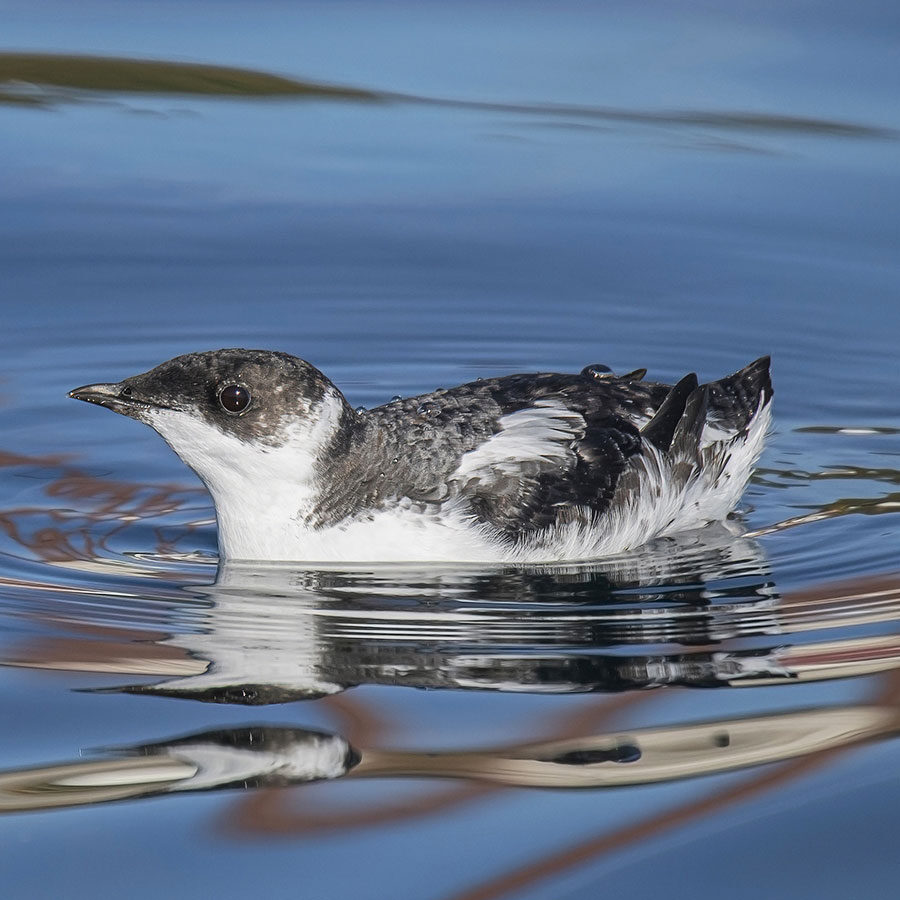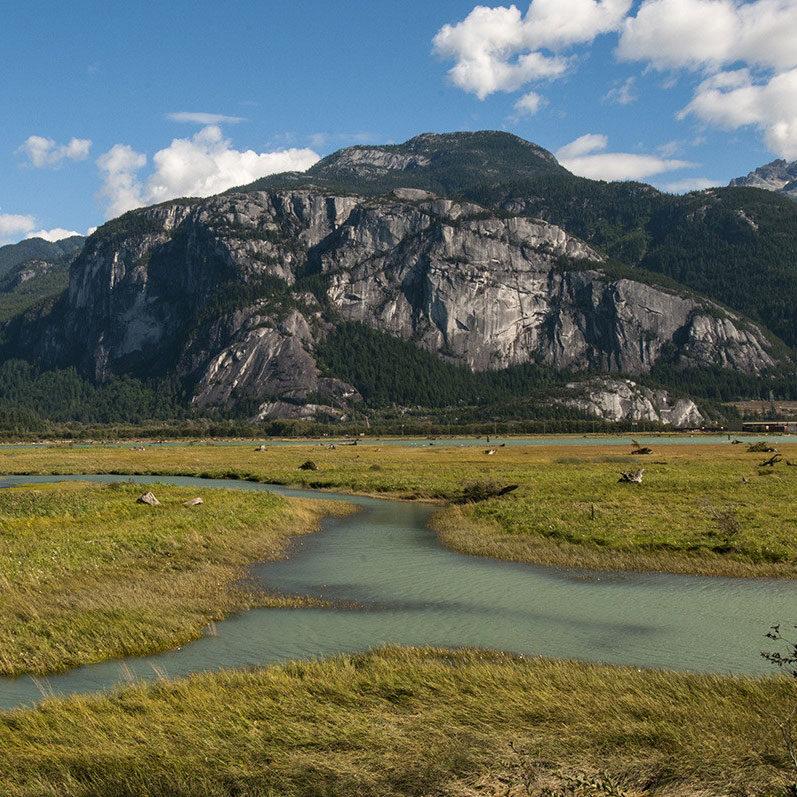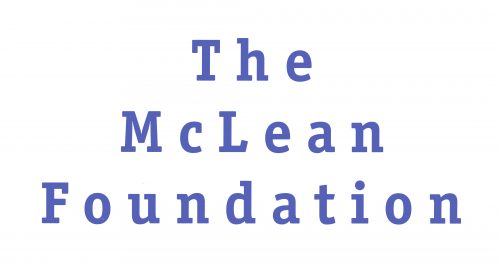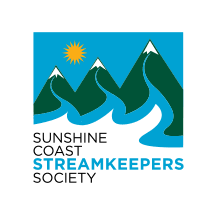Sunshine Coast Conservation Association
We Are the SCCA
Who We Are
We're an association of individuals and groups dedicated to protecting the biodiversity and integrity of the Sunshine Coast for all time. Our work is carried out by a small paid team and dozens of volunteers.
Our Goals
We endeavour to conserve lands and marine areas – from Howe Sound to Bute Inlet – in their natural states and to protect ecological values and restore biodiversity throughout the Sunshine Coast Natural Resource District.
What We Do
We engage in research, educational outreach, and advocacy activities, holding decision makers to account and encouraging government to protect biodiversity and ecosystems. We also assist member groups with their objectives.
Latest News
Legal Victory for the Marbled Murrelet
This month, the SCCA is celebrating a legal victory that could help the threatened Marbled Murrelet - the bird shown in our logo.
Last fall, Ecojustice lawyers were in Federal Court to advocate for the protection of migratory birds and their habitats across Canada. They were acting on behalf of Sierra Club BC and Wilderness Committee.
These lawyers argued that a “protection statement” - issued by federal Environment Minister Steven Guilbeault in 2022 - too narrowly interpreted the Species at Risk Act, unlawfully limiting the minister's duties to protect at-risk bird habitat by protecting only the nests and not the wider habitat which the birds need to survive and recover.
Last week, the Chief Justice set aside the “protection statement” and sent it back to Minister Guilbeault for reconsideration with the Court’s reasons.
We hope this decision will result in the federal government taking timely action to protect critical habitat.
Land Covenants
Protecting Biodiversity
A conservation covenant is a voluntary, legal agreement between a landowner and a conservation organization where the landowner promises to protect ecological values on the land. Covenant agreements are attached to the property title and stay with the land forever, regardless of who owns it.
This allows property owners to secure natural values for biodiversity, natural asset management, and enjoyment of nature. Financial benefits may include tax receipts, reduced land value and property taxes. Conservation organizations agree to monitor the land and ensure that the intentions and objectives of a covenant are maintained.
As a registered Land Trust, the SCCA partners in holding and developing conservation covenants for Cliff Gilker Park, Mt Artaban Nature Reserve, Long Bay Nature Reserve and Brigade Bay Bluffs Nature Reserve on Gambier Island, Sandy Beach on Keats Island, Rainfrog Sanctuary in Roberts Creek and Gospel Rock in Gibsons.
Are you passionate about biodiversity?
Volunteer with Us!
There are many ways you can leave your mark.
Biodiversity Hero
Paul Harris Jones
Paul Harris Jones
Marbled Murrelet Protector
Paul Jones has had a special relationship with birds ever since his childhood days in India. He has been a leader in the local campaign to protect marbled murrelets.
In 1993 Paul's team discovered an active nest in the Caren Range, the oldest closed-canopy temperate rain forest in Canada. Further sightings led to the creation of Spipiyus Provincial Park. Spipiyus is the shíshálh name for the murrelets, which are revered in many coastal First Nations communities.
Old-growth logging, climate change and other factors continue to put the survival of the species at risk. Paul continues to advocate for the murrelets through a proposed Jervis Inlet Biosphere Conservation Area.
(Know a biodiversity hero who deserves to be recognized here? Contact us!)
Legal Action
on WoodFibre LNG
Challenging Woodfibre LNG and Fortis BC Projects
The SCCA has been engaging in the government approvals process for the Woodfibre LNG project since 2016. We were deeply disappointed when environmental permits, with conditions, were approved by the federal government in 2018, and we have continued to track this project closely.
Earlier this year, the federal government approved an application by Woodfibre LNG to amend their environmental permits. This approval undermines protective conditions put in place to safeguard species at risk and the marine environment.
On top of that, the BC Energy Regulator has just issued a “temporary” permit to allow FortisBC to discharge effluent into the Squamish River for 15 months, in order to “enable construction timelines” to develop a pipeline to deliver natural gas to the WFLNG site.
In response, the SCCA has partnered with My Sea to Sky Society to legally challenge these project approvals.
What YOU can do Today to Make a Difference
Get the Word out about Woodfibre LNG
My Sea to Sky is releasing a series of 90-second videos documenting the risks to people and places posed by the proposed Woodfibre LNG export terminal (in the sensitive A´tl’ka7tsem / Howe Sound) and a pipeline to northeast BC.
Please watch these videos on social media, and like, comment and share as soon as you see them. This helps them reach a bigger audience. Videos will be released every Thursday and Monday morning during March and April.
Let's get the word out about the risks so that British Columbians can let government know that this proposal is not acceptable.
Woodfibre LNG is NOT yet a done deal. It still needs several permits and approvals to proceed. You can help stop it.
Support Local Conservation
Donations fund our research and advocacy activities.


















